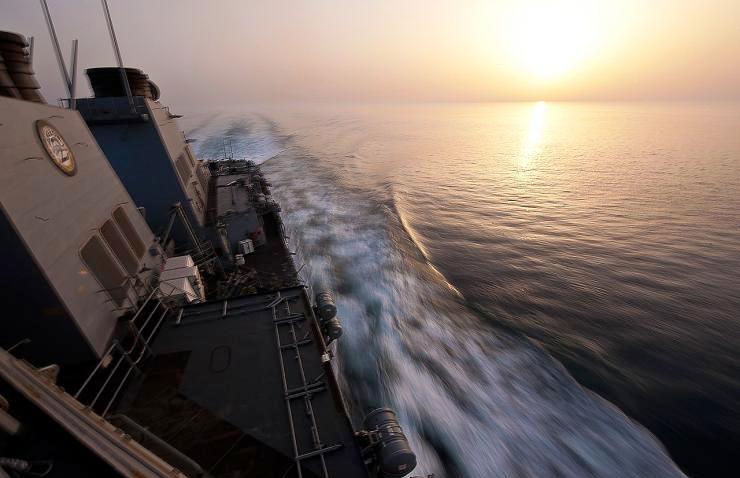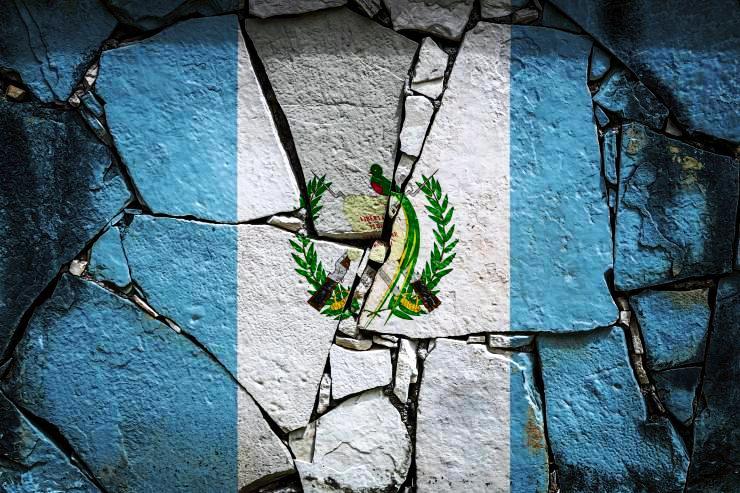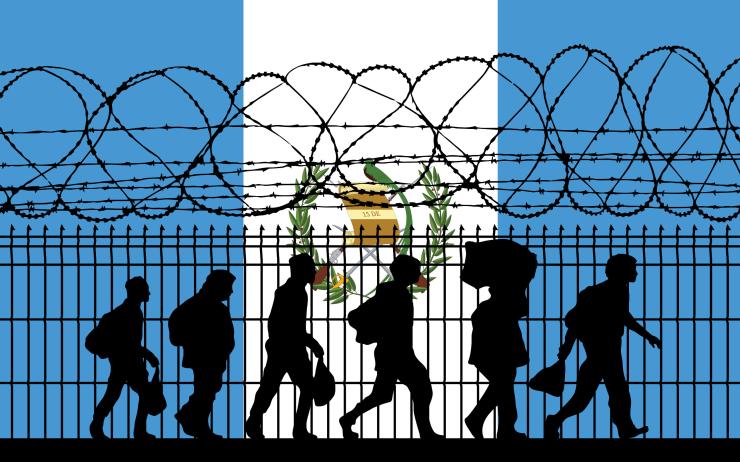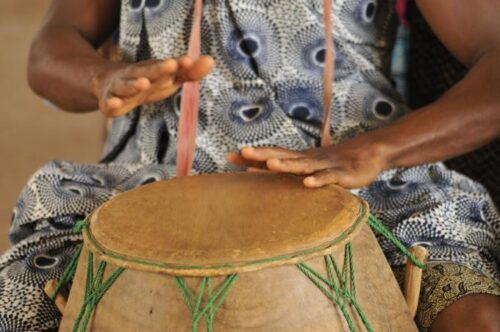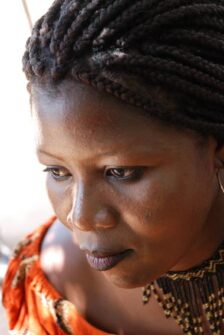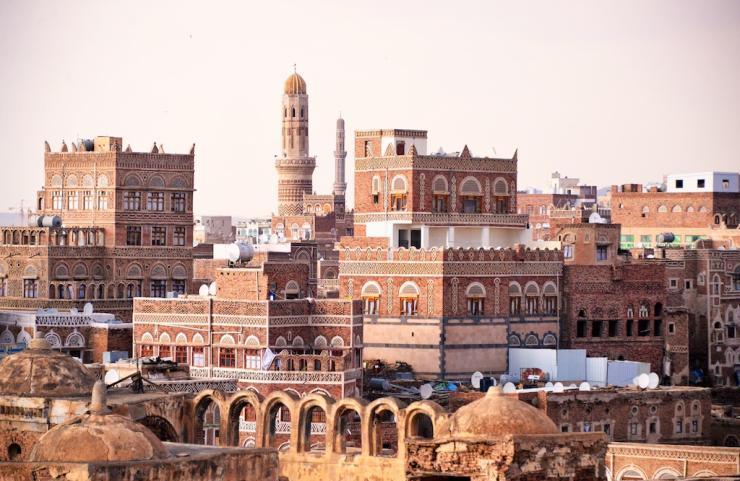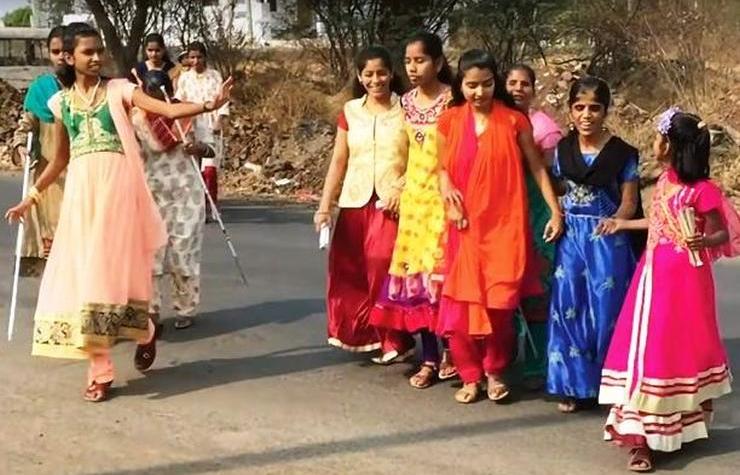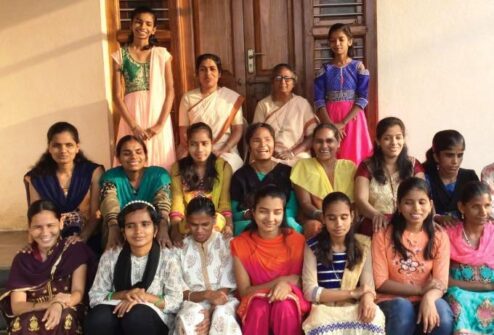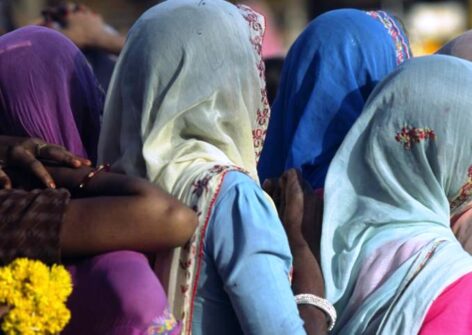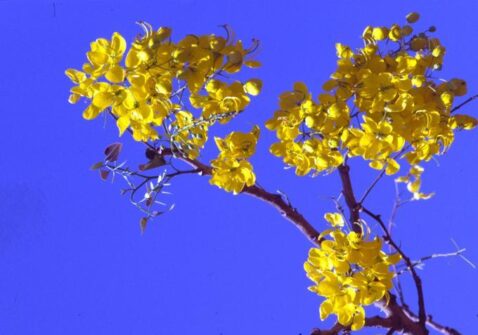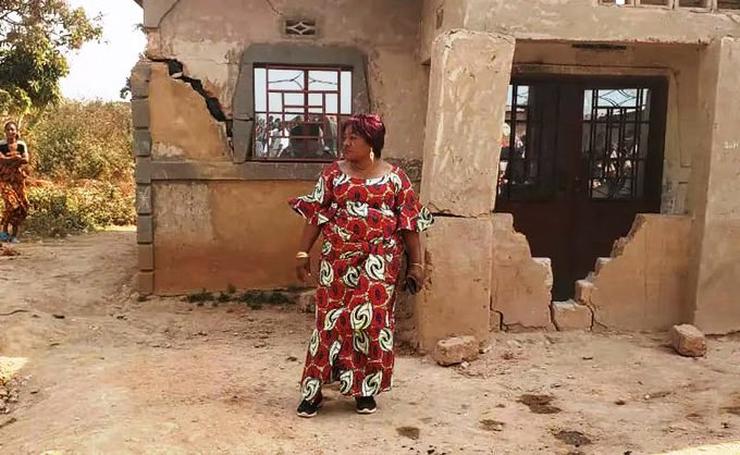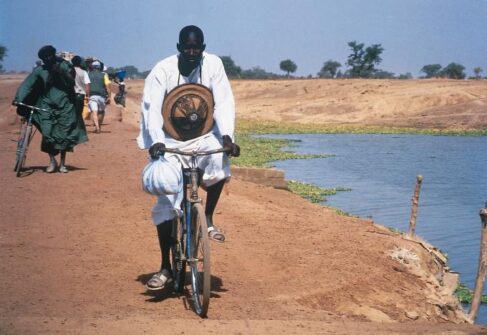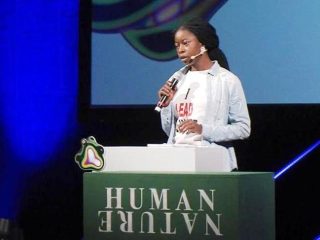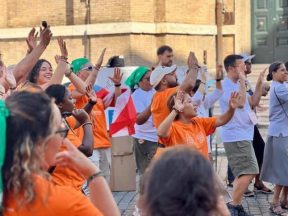Between the night and early afternoon of Monday 6 February, two violent earthquakes struck south-eastern Turkey and north-western Syria, causing what Turkish President Recep Tayyip Erdoğan called the greatest disaster recorded in the Country since 1939, the year in which the earthquake in Erzincan killed about 33,000 people and injured more than 100,000.
The two tremors, respectively of magnitude 7.8 and 7.5 and with their epicentres in the cities of Gaziantep and Kahramanmaraş, in southern Turkey, were followed by over 100 aftershocks, also felt in Lebanon, Israel and Cyprus. After 24 hours, the overall toll between Turkey and Syria had already exceeded 8,000 dead, with figures destined to grow (to date, they have exceeded 41,000 victims).
In the tragic nature of the event and despite the constantly changing weather, it is already possible to wonder about the consequences of the earthquake in the political landscape of the two countries. This is especially true for the Turkish context, which is preparing for parliamentary and presidential elections in the coming months.
The first doubts arise about maintaining the election date, currently set for May 14th. In addition to the future verification of “stable” physical and territorial conditions in order to be able to follow up on the vote, it is not excluded that Erdoğan may prolong the state of emergency, declared on February 11, to respond to the seismic crisis, with a possible postponement of the electoral round at a new date yet to be determined.
This choice could be consequential to the management of the crisis by the Turkish government. Since the first shock on the night of February 6, the Ankara government immediately took charge of the emergency at a national level, mobilizing rescue teams with a contingent
of 3,500 soldiers attached.
At the same time, President Erdoğan welcomed the immediate international aid promised by over 50 countries, to which were added the mobilisations of the “Tarikat”, charities and Islamic brotherhoods that support the Islamic party, and the President’s decision to declare seven days of national mourning.
This proactive and “inclusive” emergency response certainly highlights the current government administration, also possibly triggers a sense of national solidarity under the guidance of Erdoğan and strengthens his leadership. Furthermore, this interventionism stands in total contrast to what happened following the huge earthquake in north-western Turkey in 1999, where the army, an important component of the power structure of the time, first mobilized to rescue its own ranks, without intervening conscientiously in a situation that caused the death
of more than 20,000 people.
The government response this time, while mindful of the tragic event of 1999, has however been much criticized internally both for the slowness of the relief interventions and for the lack of a political response in the prevention of disasters and the development of adequate emergency services to be adopted in such situations.
In light of these elements, as underlined from the very first hours by many observers, the seismic event could also have a decisive impact in the next electoral round. In particular, it is presumable to hypothesize that several factors will complicate, rather than facilitate, the stability of the Justice and Development Party (AKP) in the coming months.
In continuity with the 1999 earthquake, there will be many inquiries into “responsibility” for what happened, looking at building codes and safety standards. Although Turkey approved anti-seismic legislation in 2018, many public contracts in the country have been awarded to companies managed by figures close to the President often accused of involvement in corruption and systematic nepotism.
A first element that would endanger Erdoğan’s credibility and which could, on the contrary, work in favour of the opposition, especially that of Kemal Kilicdaroglu, leader of the main opposition party, the Republican People’s Party (CHP) and long-time critic of corruption in the Turkish national procurement system.
Not surprisingly, the earthquake has weakened the country in a period of already complicated government management. Turkey is facing its worst economic crisis since Erdoğan and his AKP came to power in 2002, with annual inflation above 84%, a depreciation of the lira by 30% against the dollar last year and a deficit which reaches almost 5% of GDP.
Elements which, in conjunction with the rise in energy prices and basic necessities caused by the war between Russia and Ukraine, have dented the President’s popularity and consensus regarding the work of his party, which has dropped to 31% against 42.56% in 2018 according
to the MetroPOLL agency.
While remaining firm in his controversial position on interest rates – according to which low rates help to fight inflation – in recent months the President has focused on spending to try to revitalize the economy, promising an increase in the salaries of civil servants, raising pensions by 30%, offering early retirement to 2.3 million workers and
increasing energy subsidies.
Added to this is a January increase in the minimum wage of up to 55% compared to July 2022 to bring it to 8,500 Turkish lire (about 425 euros), together with the promise to build half a million houses
for low-income families.
In continuity with this internal “welfare” policy, some international political decisions must also be seen, such as the strategic will to seek new détente with the Gulf countries, above all the United Arab Emirates and Saudi Arabia, so as to allow new economic-commercial agreements and the possibility of income. These choices, together with the mediation role assumed by Turkey in the Russian-Ukrainian conflict, have had the first positive implications for Erdoğan’s figure internally, but they may not be sufficient in post-earthquake times.
Ankara’s rapprochement with the Gulf countries may have encouraged the latter to intervene to help the Turkish earthquake victims with various emergency interventions, but such aid can do very little to mitigate the colossal effects of the earthquake.
Like a large part of the international community, Saudi Arabia, the United Arab Emirates and Kuwait have in fact promised a substantial package of funds to both Turkey and Syria (which reaches 50 million dollars for each of the two countries from the UAE alone), together with various humanitarian emergency interventions such as the establishment of air bridges and field hospitals, urgent relief supplies and the deployment of search and rescue task forces.
However, this does not limit the difficulties and structural criticalities in providing assistance both in the short term – given the complexity of reaching the sites hit by the earthquake, isolated even more by the collapse of roads and damage to connections – and in the long term, where inevitably such measures would not be sufficient.
The legacy of the earthquake could increase popular resentment caused by the country’s economic woes, with a possible exacerbation of other thorny social issues, first and foremost that of Syrian refugees. The growing hostility of public opinion towards the presence of almost 4 million Syrian refugees residing in Turkey prompted the President to announce, on March 2022, a comprehensive plan for the “voluntary return” of 1.5 million Syrian refugees to northern areas of Syria under Turkish control, over a period of 15-20 months and
on the basis of 8 sequential steps.
However, the earthquake also destroyed a good portion of the Syrian territory contemplated in Erdoğan’s repatriation plan, thus making it much more difficult, if not impossible, to implement Ankara’s plan in the short term. Neither must we forget the fact that it could now be difficult for the Turkish government to justify any diversion of funds to northern Syria occupied by Turkey, as well as to continue with the intention of launching a new military operation, threatened after the attack in Istanbul last November, in the areas north-eastern parts of Syria controlled by the Kurds, a further element that seemed to be able to help Erdoğan in recovering internal consensus.
Consequently, the repercussions of the earthquake of recent days will make the Turkish pre-election political climate even more tortuous, further complicating the position of Erdoğan and his AKP on the internal chessboard. Post-earthquake management will therefore be crucial for the President for the future of his political stability, already shaky due to the difficult economic conditions of the country.
The coming days will reveal how much Erdoğan will still be able to turn adversity to his advantage and how much leadership and authority he enjoys in being able to demonstrate his political strength to the Turks. Some have seen, in fact, in the President’s choice to inform Meral Aksener, leader of the nationalist opposition Good Party, rather than Kilicdaroglu, of the management of the relief, a first attempt to use the crisis to sow further division in the oppositions currently in dialogue in the so-called ” Table of Six”, a forum that brings together the main opposition parties.
Aksener has never denied his lack of acquiescence in Kilicdaroglu’s candidacy and collaboration with the pro-Kurdish Peoples’ Democratic Party (HDP), whose support is essential for the victory of the opposition. All elements that Erdoğan could now create leverage in his favour, but which may not be enough to deal with the scale of the earthquake tragedy. (Photo: EU Civil Protection and Humanitarian Aid)
Angela Ziccardi/CeSI
